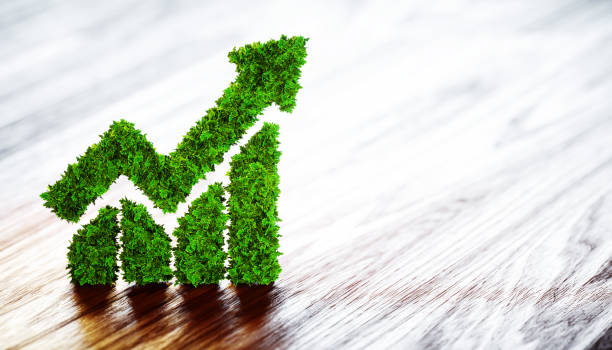The Future of Propane: A Ten-Year Outlook
The propane market is poised for significant changes as we look toward the next decade. Let’s explore critical trends and predictions that could shape the propane industry in the coming years, as well as added insights for businesses, consumers, and investors. 1. Growing Demand in Emerging Markets Prediction: Developing countries are expected to see a… Continue reading The Future of Propane: A Ten-Year Outlook


